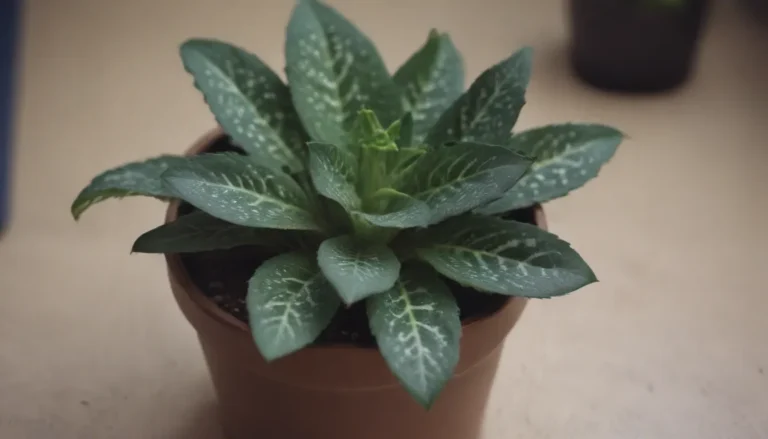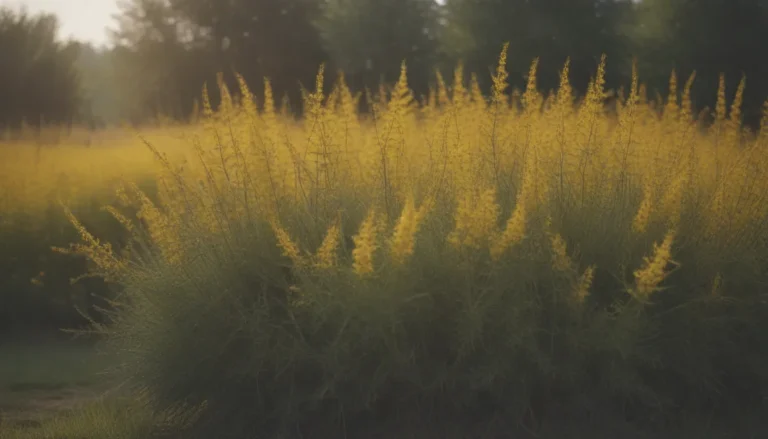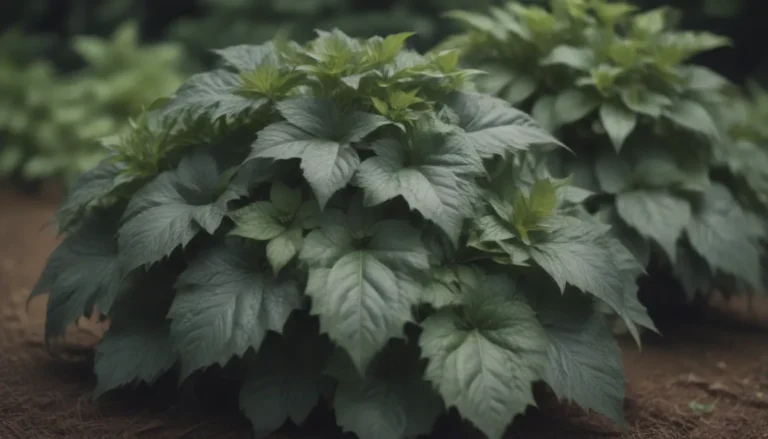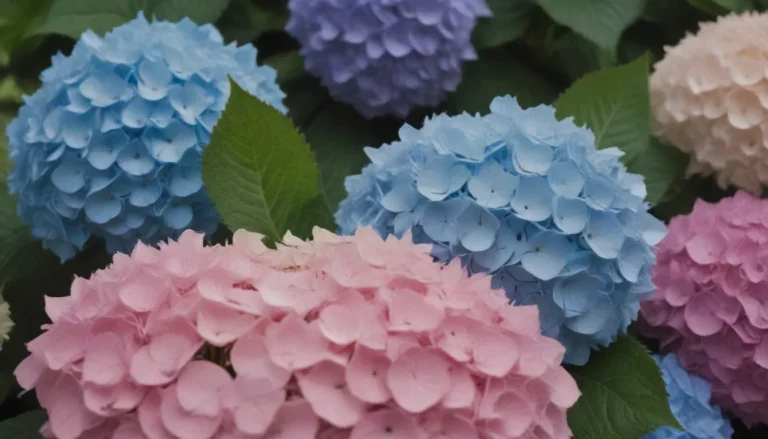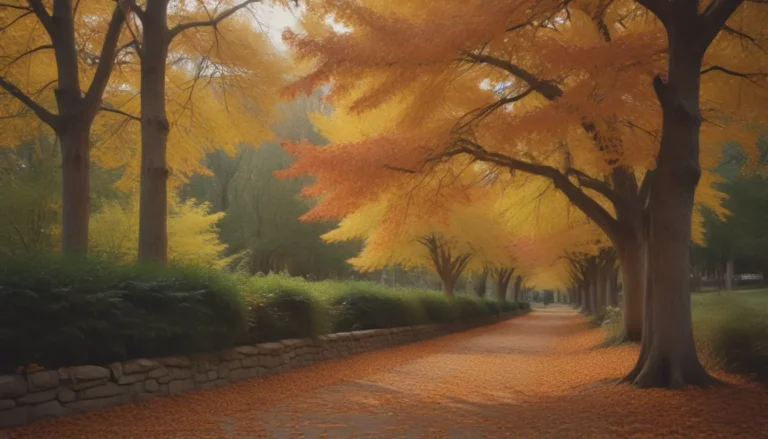Understanding Why Your Outdoor Plant Leaves Turn Yellow

Have you noticed the leaves of your outdoor plants starting to turn yellow? It can be concerning to see your green foliage lose its vibrant color, but there are actually many reasons why this might be happening. In this comprehensive guide, we will explore the various factors that can contribute to yellowing leaves on your outdoor plants. From environmental conditions to pests and diseases, there are several possible causes for this common issue. By understanding the root cause of the problem, you can take steps to address it and help your plants thrive once again.
Why Do Outdoor Plant Leaves Turn Yellow?
When the leaves of outdoor plants start to turn yellow, it is often a sign of chlorosis, a condition where the foliage is not producing enough chlorophyll. Chlorophyll is crucial for photosynthesis, the process by which plants convert sunlight into energy, and it gives leaves their green color. There are several factors that can contribute to chlorosis and cause outdoor plant leaves to turn yellow. Let’s explore some of the most common reasons for this issue:
-
Lack of Light: Adequate sunlight is essential for photosynthesis to occur. If a plant is not getting enough light, its leaves may appear faded or yellow. Make sure to research the light requirements of your plants and provide them with the necessary amount of sunlight they need to thrive.
-
Lack of Water: Yellowing leaves can also be a sign that a plant is not getting enough water. Even a few hot days without sufficient moisture can cause leaves to turn yellow. Water your plants slowly and deeply, ensuring that the soil remains evenly moist to prevent dehydration.
-
Excess Water: On the other hand, too much water can also cause yellowing leaves. Poorly drained soils can become waterlogged, leading to root damage and nutrient deficiency. Avoid planting in spots with poor drainage and consider raised beds for vegetable gardens to improve soil conditions.
-
Nutrient Deficiency: Yellow leaves may indicate a lack of essential nutrients like nitrogen, iron, manganese, or zinc in the soil. Conduct a soil test to determine which nutrients are deficient and make the necessary adjustments to ensure your plants have access to the nutrients they need.
-
High Soil pH: Soil with a high pH can make iron less available to plants, leading to yellowing leaves. Test your soil’s pH level and adjust it by adding sulfur if needed to make nutrients more accessible to your plants.
-
Fertilizer Burn: Over-fertilizing can also cause leaves to turn yellow or appear scorched. Be careful not to apply too much fertilizer, especially in hot, dry weather, as it can damage plant roots and foliage. Use slow-release organic fertilizers to prevent nutrient overload.
-
Pesticide or Herbicide Burn: Applying pesticides or herbicides in unfavorable conditions can result in burned leaves. Avoid spraying plants in extreme temperatures or humidity, as well as on stressed plants. Choose dry, cool days for pesticide application to minimize damage.
-
Fungal or Bacterial Diseases: Some fungal diseases like early blight and fusarium wilt can cause yellowing leaves in plants like tomatoes. Monitor your plants closely for signs of disease and take preventive measures to protect them from pathogens.
-
Insect Damage: Insects like harlequin bugs, spider mites, squash bugs, and whiteflies can damage plant leaves, leading to yellowing. Keep an eye on your plants for signs of infestation and take prompt action to control insect populations.
-
Normal Aging: Yellowing and dropping of older leaves is a natural part of the aging process for plants. Occasional yellow leaves on mature plants are usually nothing to worry about, as long as the overall health of the plant is maintained.
By understanding these common reasons for yellowing leaves on outdoor plants, you can better diagnose the issue and take appropriate steps to address it. Observing your plants closely and providing them with the right care and conditions can help prevent yellowing leaves and promote healthy growth.
How to Treat Yellowing Leaves on Outdoor Plants
Now that you have identified the potential causes of yellowing leaves on your outdoor plants, you may be wondering how to treat this issue and restore your plants to health. Depending on the underlying cause, there are several steps you can take to address yellowing leaves and improve the overall health of your plants. Here are some effective treatments for common factors contributing to yellow leaves:
- Improving Light Exposure:
- Research the light requirements of your plants and ensure they are receiving adequate sunlight.
-
Consider relocating potted plants to a sunnier location or pruning nearby trees and shrubs to allow more light to reach your plants.
-
Providing Sufficient Water:
- Water your plants slowly and deeply to ensure the roots receive enough moisture.
-
Monitor soil moisture levels and adjust your watering schedule as needed to prevent dehydration and yellowing leaves.
-
Enhancing Soil Drainage:
- Avoid planting in areas with poor drainage and consider amending the soil before planting.
-
For vegetable gardens, use raised beds to improve soil structure and prevent waterlogging.
-
Addressing Nutrient Deficiencies:
- Conduct a soil test to identify nutrient deficiencies and make appropriate fertilizer adjustments.
-
Consider using organic fertilizers or nutrient-rich amendments to provide essential nutrients to your plants.
-
Adjusting Soil pH:
- Test your soil’s pH level and add sulfur if needed to lower the pH and improve nutrient availability.
-
Regularly monitor soil pH and make adjustments as necessary to maintain optimal growing conditions for your plants.
-
Preventing Fertilizer Burn:
- Avoid over-fertilizing your plants, especially during hot, dry weather.
-
Use slow-release organic fertilizers to provide a steady supply of nutrients without causing damage to roots or foliage.
-
Minimizing Pesticide or Herbicide Damage:
- Apply pesticides and herbicides on dry, cool days to prevent burning and damage to plant leaves.
-
Choose appropriate products and follow label instructions carefully to minimize the risk of leaf injury.
-
Managing Fungal and Bacterial Diseases:
- Monitor plants for signs of disease and remove affected parts to prevent the spread of pathogens.
-
Practice good garden hygiene and use disease-resistant plant varieties to minimize the risk of fungal and bacterial infections.
-
Controlling Insect Damage:
- Regularly inspect your plants for signs of insect infestations and take prompt action to control pests.
-
Use organic pest control methods or insecticidal soaps to target specific pests and protect your plants from damage.
-
Accepting Normal Aging:
- Understand that yellowing and dropping of older leaves is a natural part of the plant’s life cycle.
- Focus on overall plant health and growth rather than being overly concerned about occasional yellow leaves.
By following these treatment options and addressing the underlying causes of yellowing leaves on your outdoor plants, you can help your plants recover and thrive. Remember to observe your plants regularly, provide them with the necessary care and conditions, and seek professional advice if needed to ensure the health and vitality of your outdoor plants.
Conclusion
Yellowing leaves on outdoor plants can be a common issue with various underlying causes. By understanding the reasons for this problem and taking appropriate steps to address it, you can help your plants remain healthy and vibrant. Whether it’s adjusting light exposure, improving watering practices, or treating nutrient deficiencies, there are many ways to prevent yellowing leaves and promote plant growth. Remember to observe your plants closely, provide them with the care they need, and enjoy the beauty of your outdoor garden all season long.
Next time you notice yellow leaves on your plants, don’t panic—take a closer look, consider the possible causes, and take action to help your plants thrive. By being proactive and attentive to your outdoor plants’ needs, you can create a beautiful and flourishing garden that brings joy and satisfaction to your gardening endeavors. Enjoy the process of caring for your plants and watching them grow and bloom in the great outdoors!
